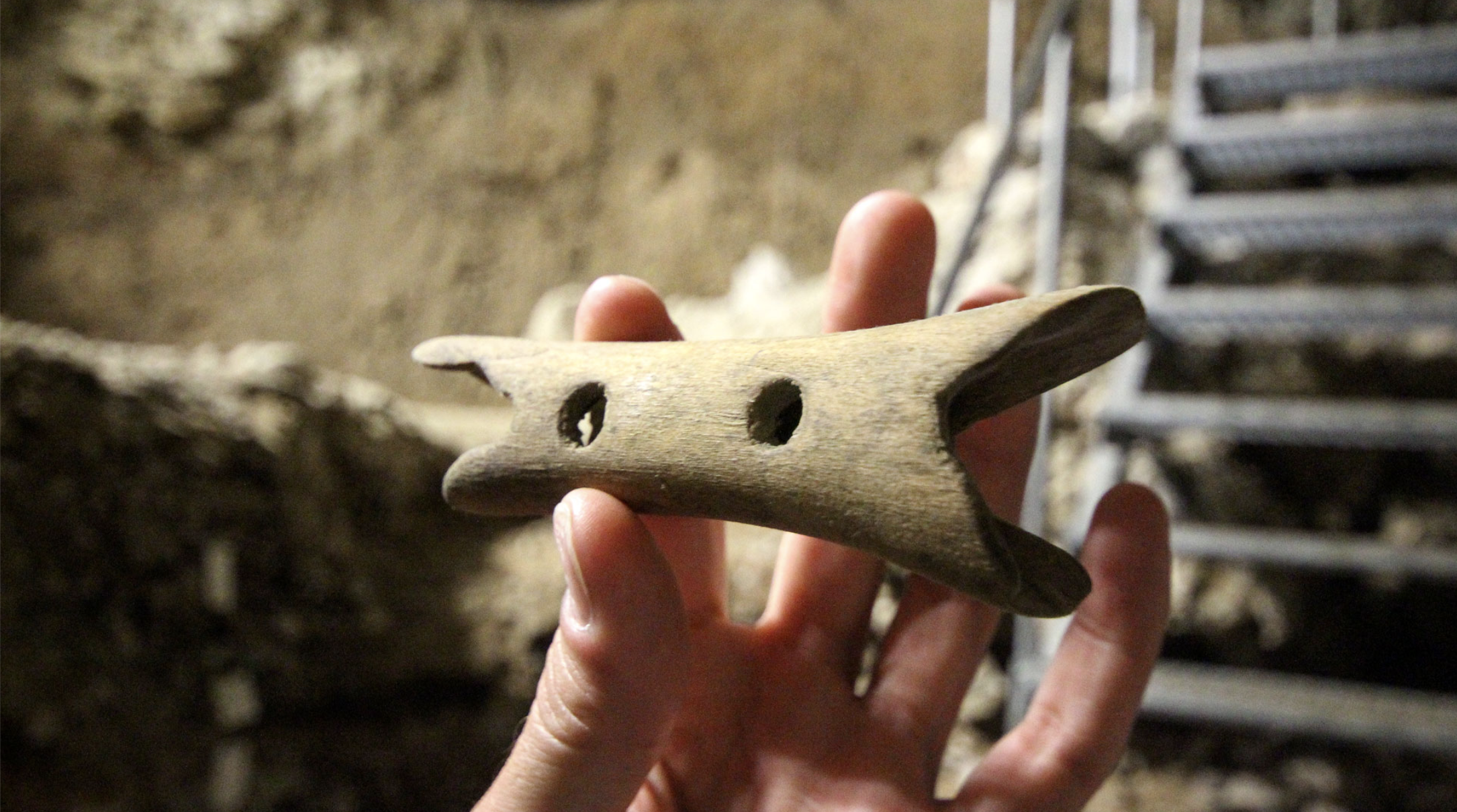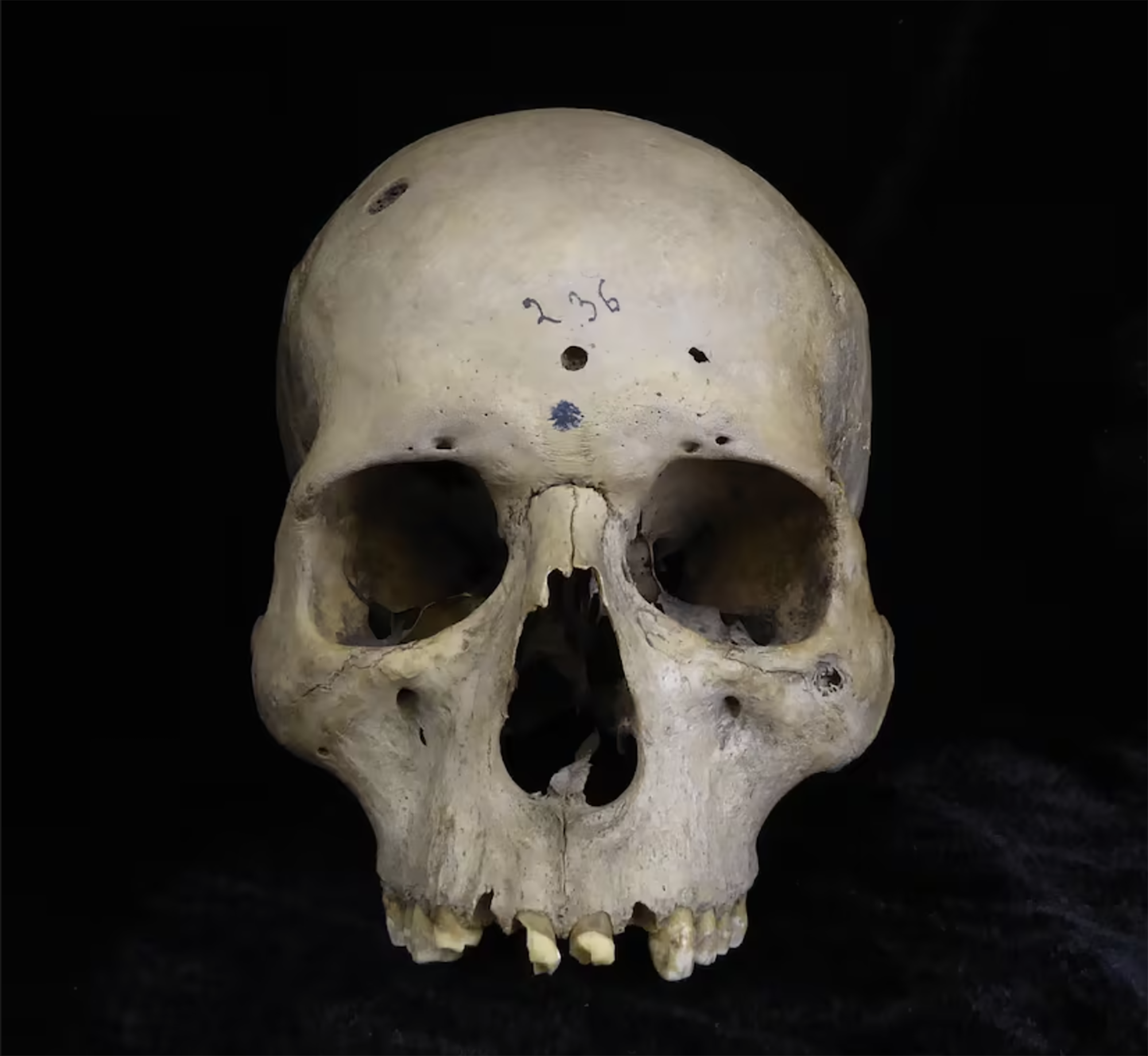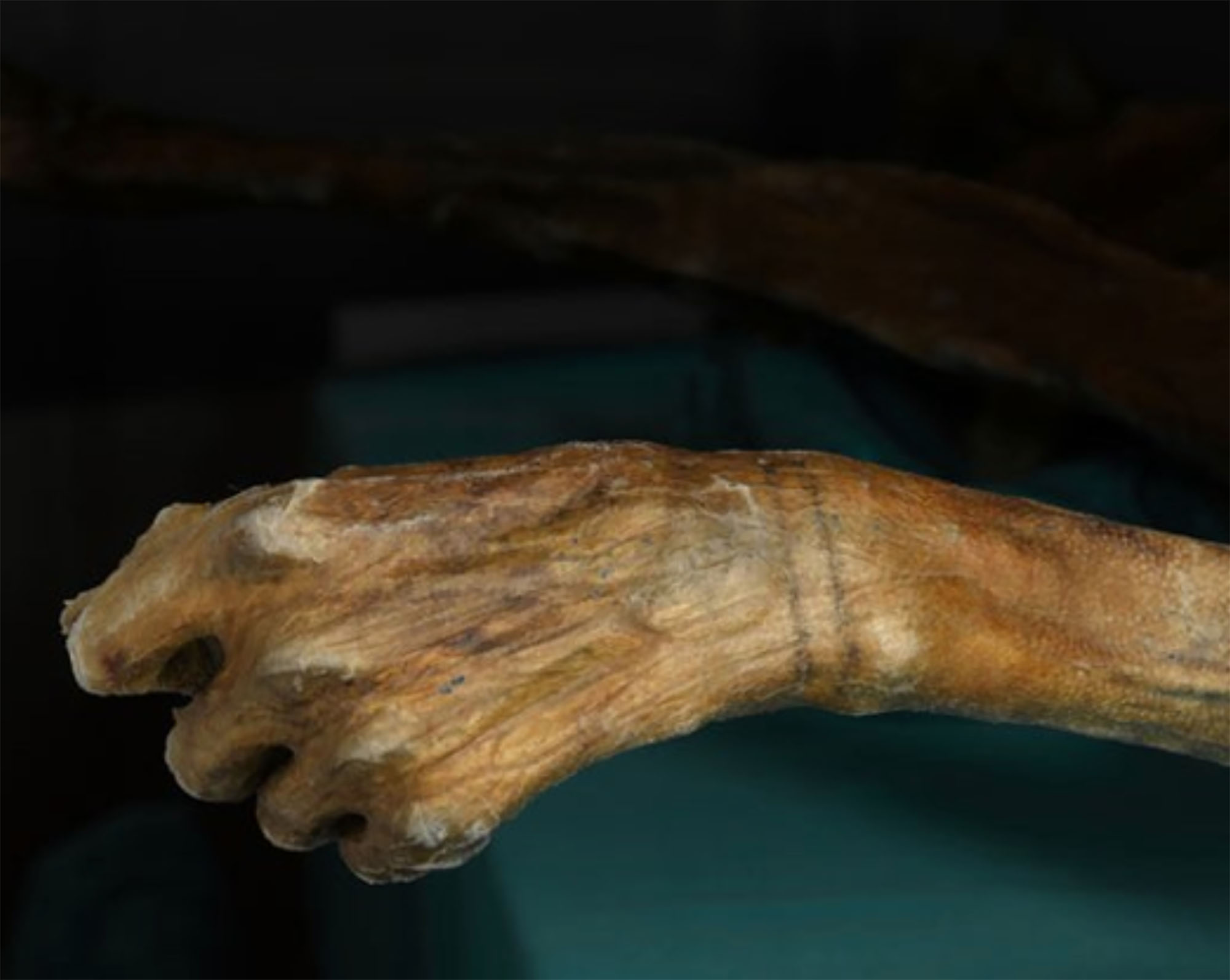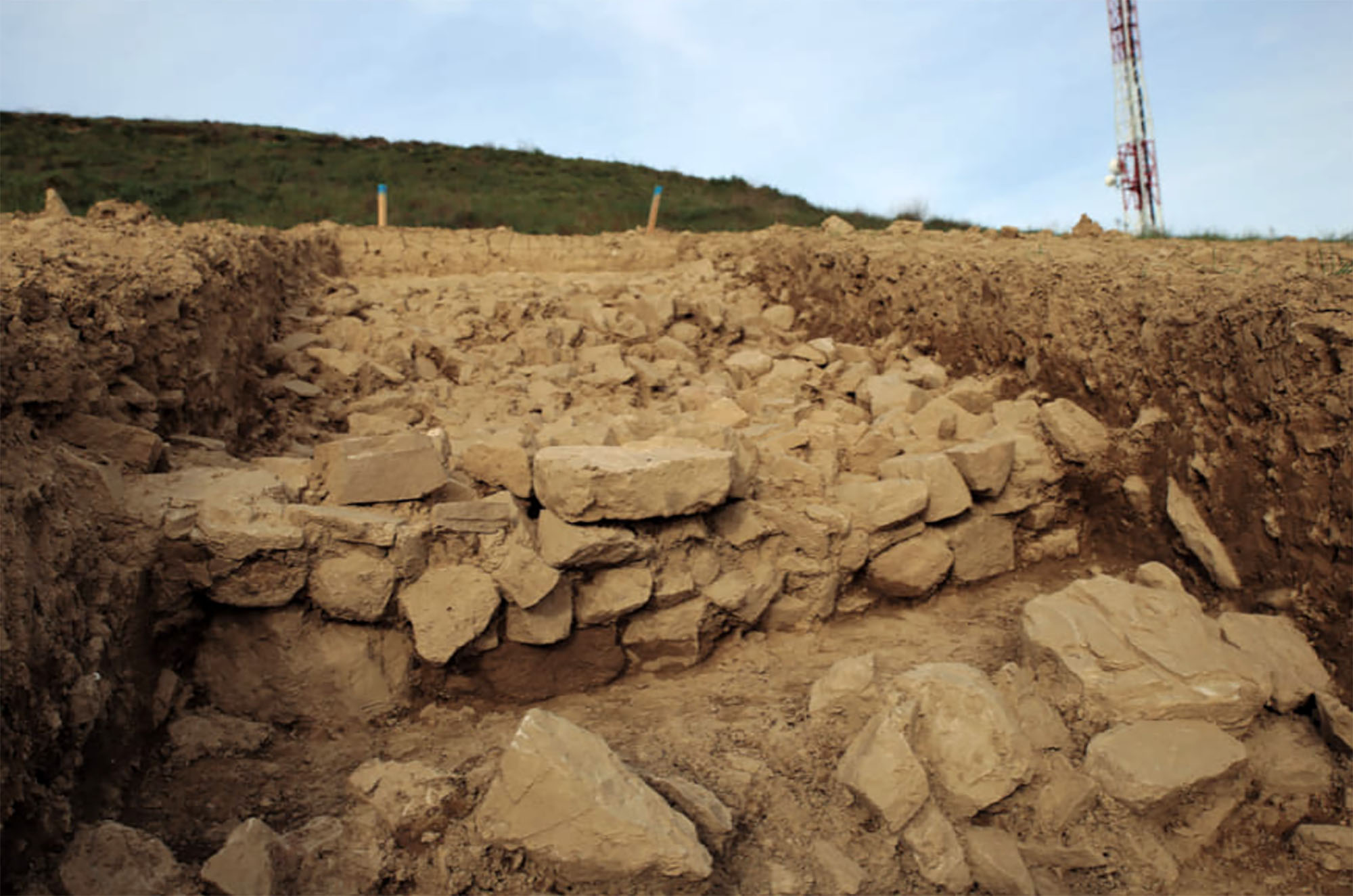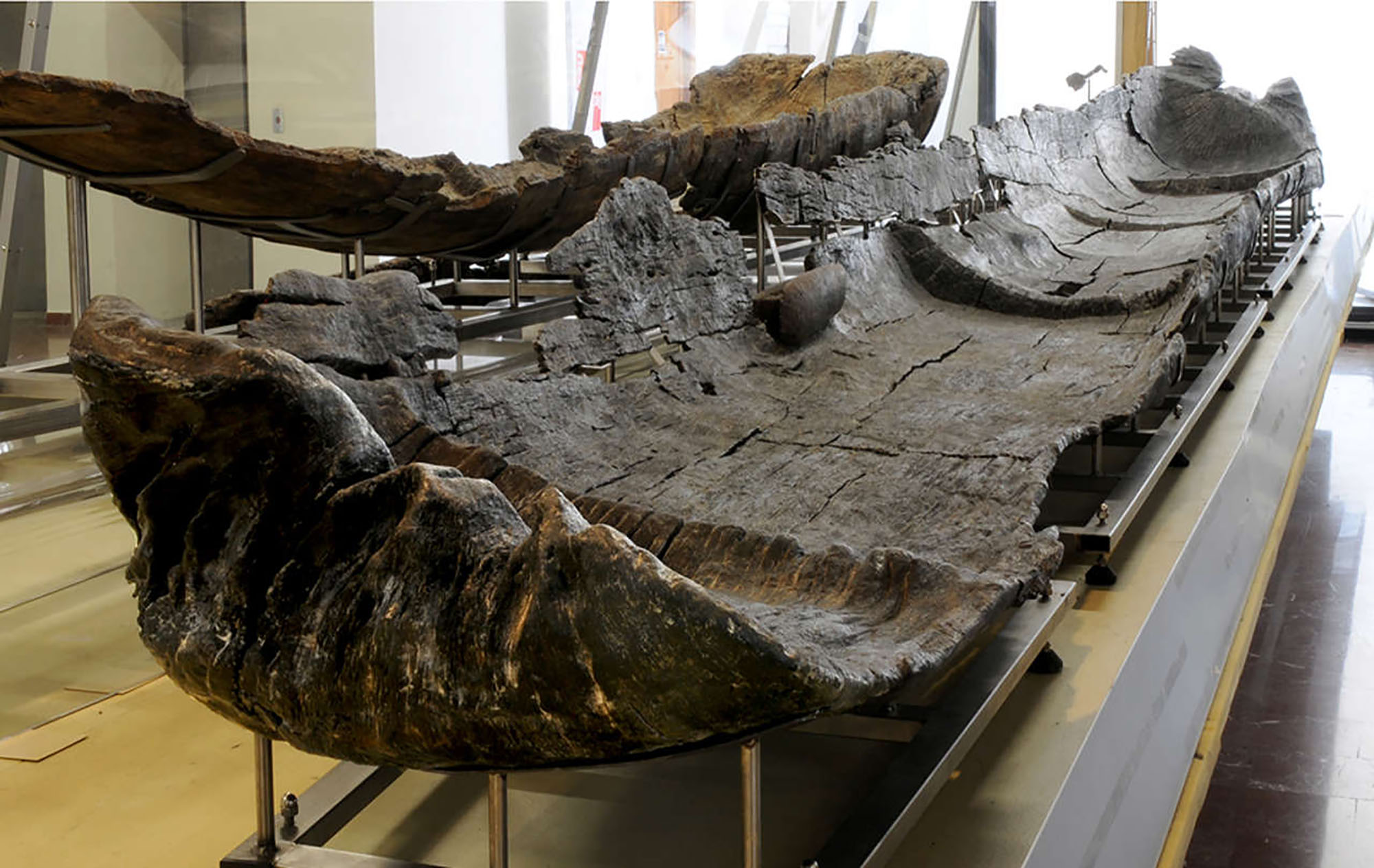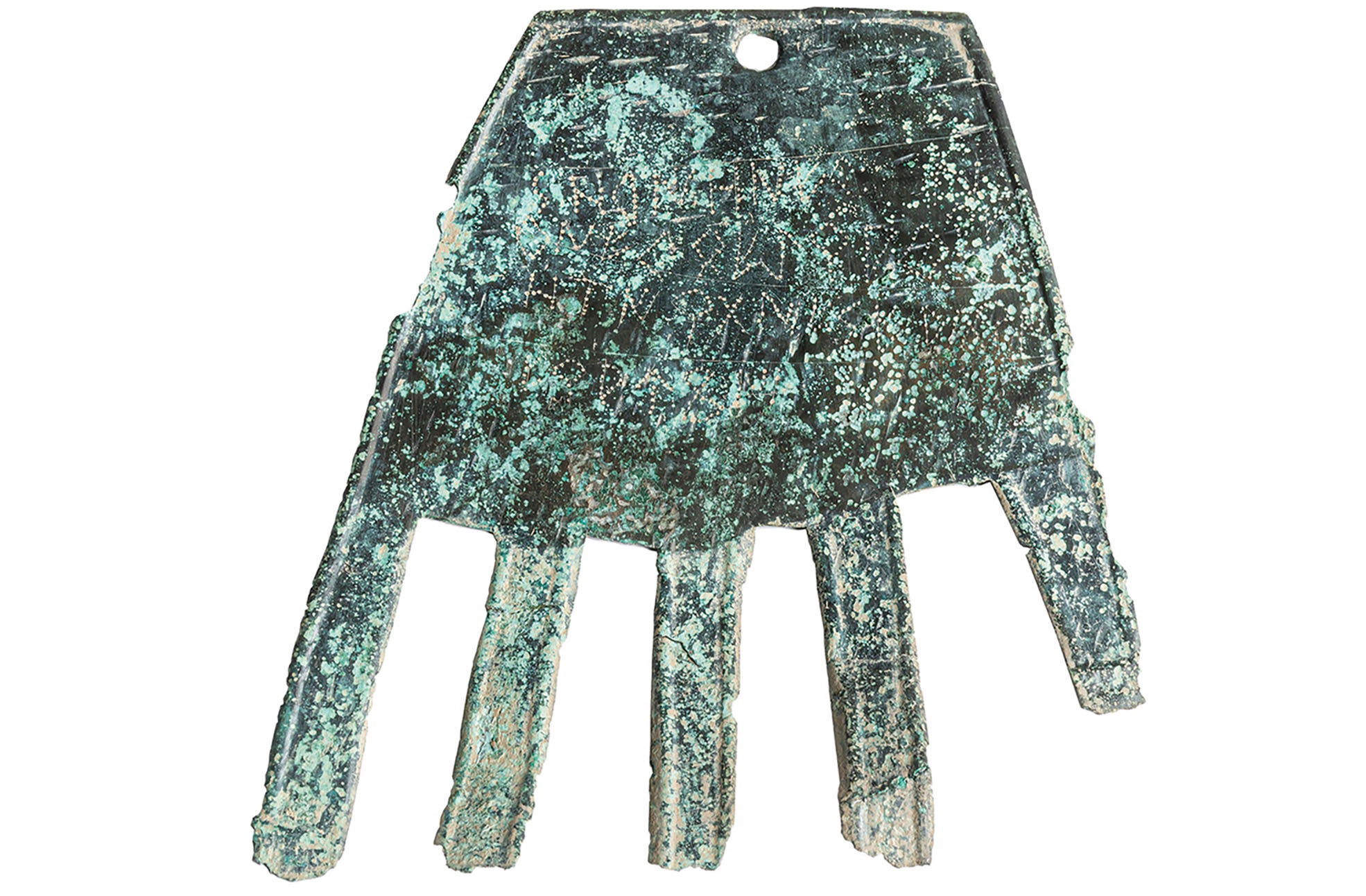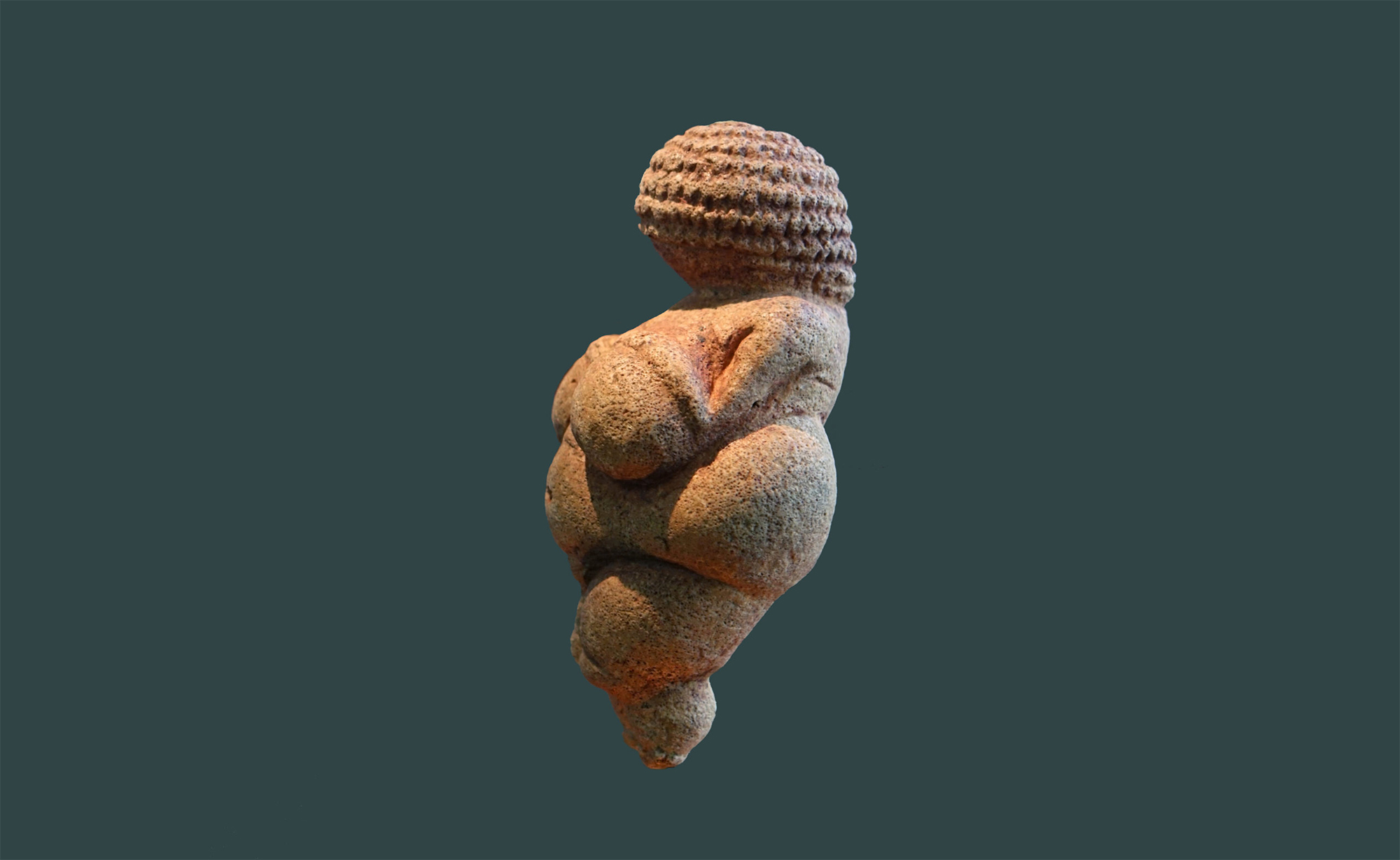The lion of Arrikrutz in front
- Oñati, 1966. Two students from the Arantzazu seminary, the carbonero Iñaki Zubeldia and the vallisoletan Jesús Manuel Maroto took advantage of the rest of Sunday to enter the caves of Arrikrutz.

In Zubeldia’s words, “the beauty of Krutz fascinated us. We often entered the cave, but until then we had not achieved our goal: Arrival at the Aranzadi Hall. The room was impressive and thanks to the plans and books we had knowledge of it.”
With candlelight from the Basilica in hand, speleology lovers managed to reach the Aranzadi Hall on Sunday. But when they tried to escape, they were lost. For more than twelve hours, they were lost in the sinuous karstic system of Gesaltza-Arrikrutz, which consists of six levels and 15 km. For the peace of both, they finally found the way out and, for the happiness of archeology, they did not leave with empty hands; they took the tooth of a lion to the paleontologist Jesús Altuna, who confirmed the finding.
While they were lost, the students of Arantzazu found the skeleton of a cave lion (Panthera leo spelaea) about 35,000 years ago. From then on, this area of the cave would be called the Lion Gallery. The lion, 1.2 meters high to the shoulder, was 2.2 meters long and would survive about 250 kg of weight. Even though he was a terrible cat, he wasn't the biggest grain of his species. Another of the galleries in Arrikrutz found the femur of a lion, which, according to bone, would weigh approximately 330 kg. The lion of the caves disappeared from Eurasia 15.000-10,000 years ago, and therefore from the vicinity of Arrikrutz, due to climate warming and human hunting.
In Arrikrutz there are also traces of more animals: the furry rhinoceros (Coleodonta antiquitatis), the cave hyena (Crocuta crocuta spelaea), the giant deer (Megaloceros giganteus)… In the caves (Urssus pelaeus) there is also a “cemetery” where, according to all the signs, they mubernate together.
But the most important finding of Arrikrutz is that of the lion, the most complete lion skeleton found in the Iberian Peninsula, one of the few in Europe. The skeleton, which is well kept since the piece was removed from the gallery, took almost two years. Since 2007, Arrikrutz has been open to the public, being able to travel up to 500 meters from the cave network and see a lion replica. But there's little chance of seeing the real skeleton. That is the privilege that those who approach the San Telmo Museum in Donostia-San Sebastián will have until February 10.
Archaeologists have discovered more than 600 engraved stones at the Vasagård site in Denmark. According to the results of the data, dating back to 4,900 years ago, it is also known that a violent eruption of a volcano occurred in Alaska at that time. The effects of this... [+]
Ethiopia, 24 November 1974. Lucy's skeleton was found in Hadar, one of the oldest traces of human ancestors. The Australian hominid of Australopithecus afarensis is between 3.2 and 3.5 million years old.
So they considered it the ancestor of species, the mother of all of us. In... [+]
A group of archaeologists from the University of Berkeley, California, USA. That is, men didn't launch the lances to hunt mammoths and other great mammals. That was the most widespread hypothesis so far, the technique we've seen in movies, video games ...
But the study, published... [+]
Geissenkloesterle (Germany), 42,000 years ago. Those living in the cave of the Danube basin made a flute with bird bones and mammoth ivory. At the same time, the inhabitants of the cave of Divje Babe in Slovenia also made a flute with the femur of a bear. These are the oldest... [+]
In the south of the Indonesian island of Sulawesi, in the cave of Leang Karampuang, archaeologists from the Griffith and Southern Cross universities and the Indonesian National Agency have discovered a painting of three anthropomorphic figures and a boar. According to the study... [+]
Two years ago, the Catalan archaeologist Edgard Camarós, two human skulls and Cancer? He found a motif card inside a cardboard box at Cambridge University. Skulls were coming from Giga, from Egypt, and he recently published in the journal Frontiers in Medicine, his team has... [+]
Since they discovered the corpse of Ötzi in the Alps in 1991, the 5,000 years preserved in very good condition have been used for numerous investigations. From the beginning, the 61 tattoos he had on his skin were the ones that cared for him. Experts believed these tattoos were... [+]
Between 1992 and 2006, in the waters of Lake Bracciano of Rome, the site of La Marmotta del Neolitico was excavated early. They recently published in Plos One magazine a study on the five piraguas found there. It is estimated that the boats are between 7,000-7,500 years... [+]
In the Gulf of Mecklenburg, in Baltic waters, archaeologists identified in 2021 a stone structure of almost a kilometre. Now a team of interdisciplinary researchers has published a study on the wall in the journal PNAS.
The structure is about 10,000 years old and has come to... [+]
This weekend I visited a cave with prehistoric paintings. Paints made with iron oxide and manganese about 30,000 years ago. These visits seem interesting to me to relocate our place as human beings in the world, they are an opportunity to rethink the “development” of recent... [+]
Willendorf (Austria), 1908. At a site in the Wachau Valley, archaeologist Josef Szombathy found a small anthropomorphic statue of a woman about 11 cm, carved in stone and dyed with red ochre.
Since then, it is the best-known venusi of the Paleolithic and has been analyzed from... [+]














